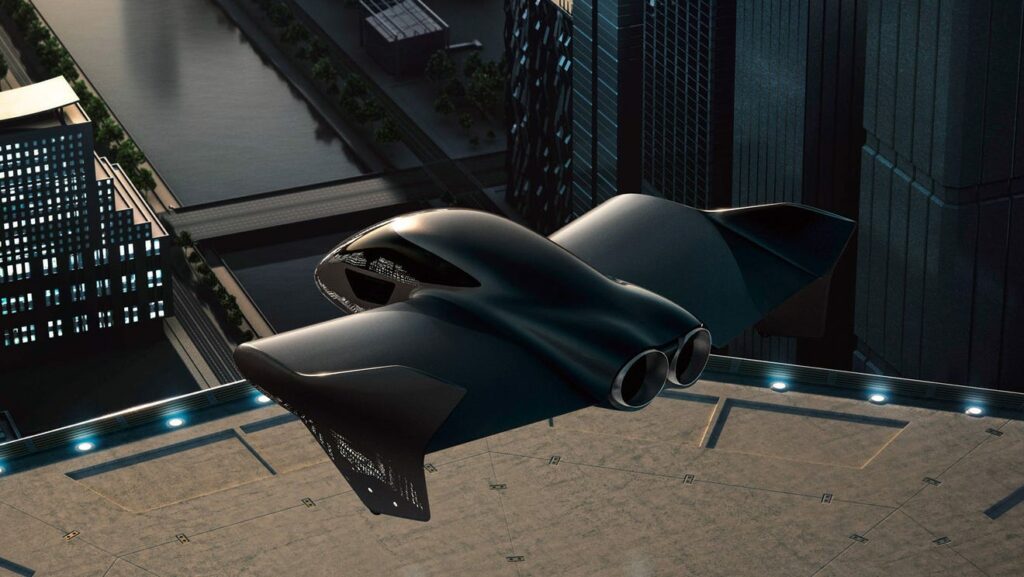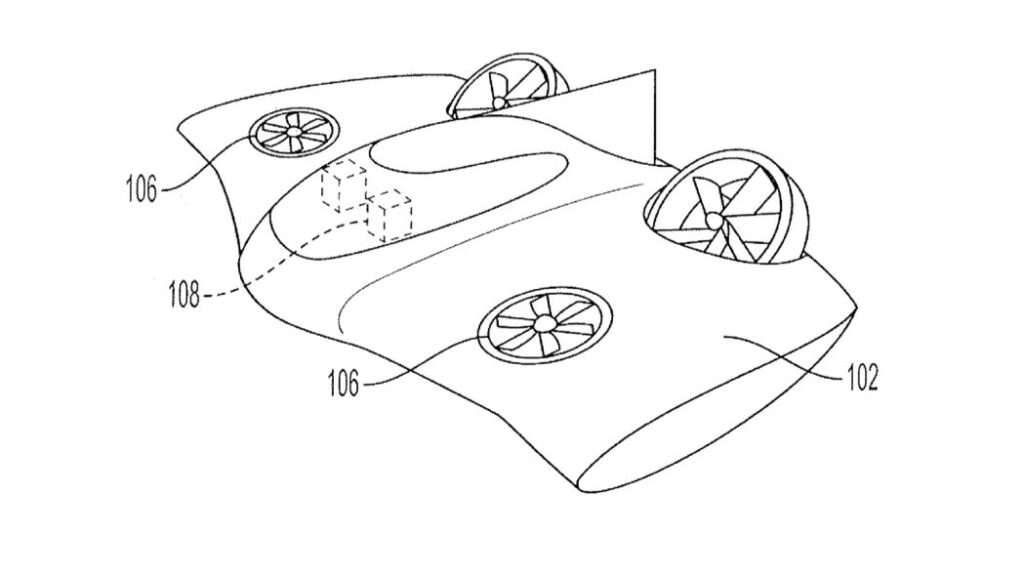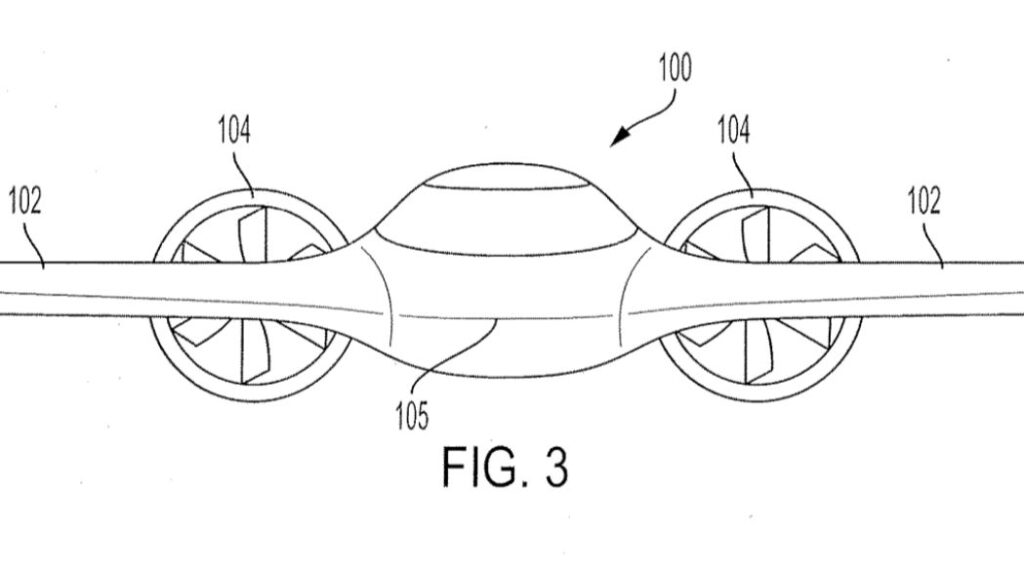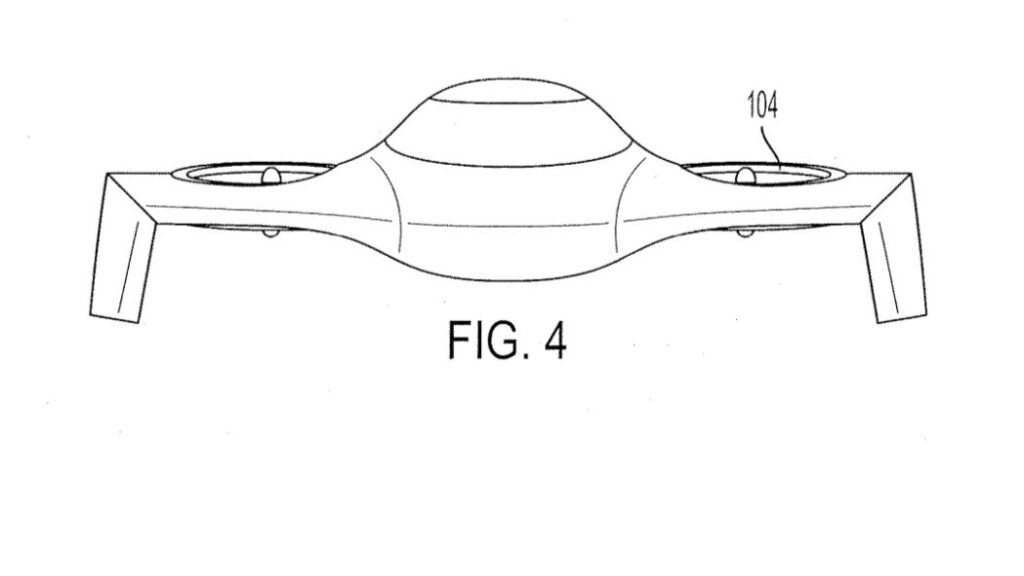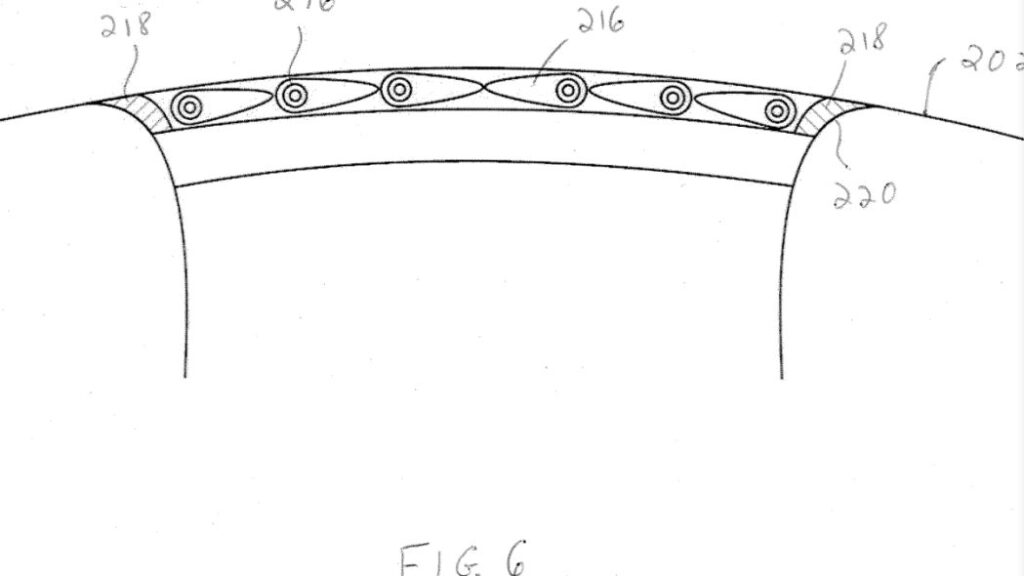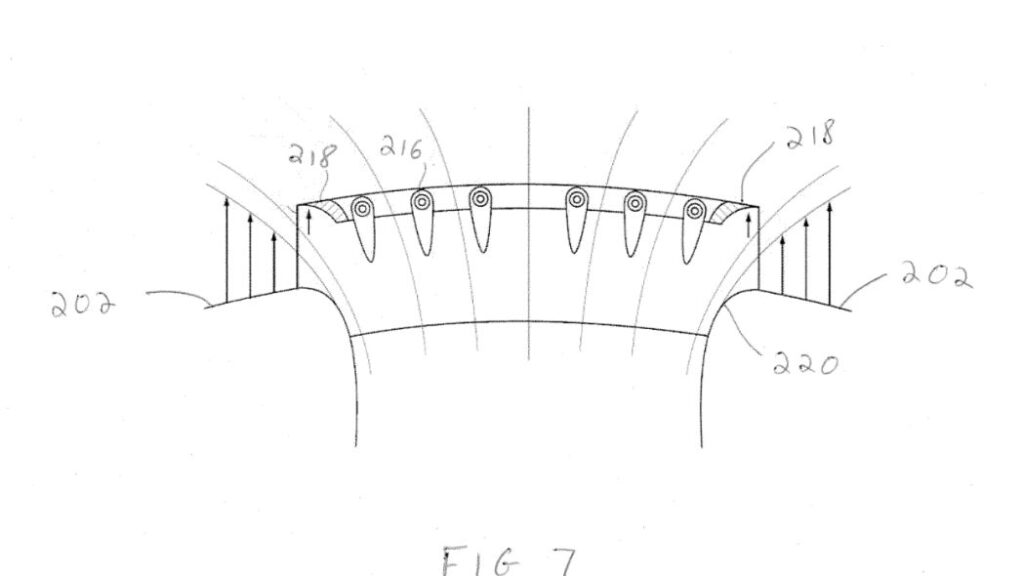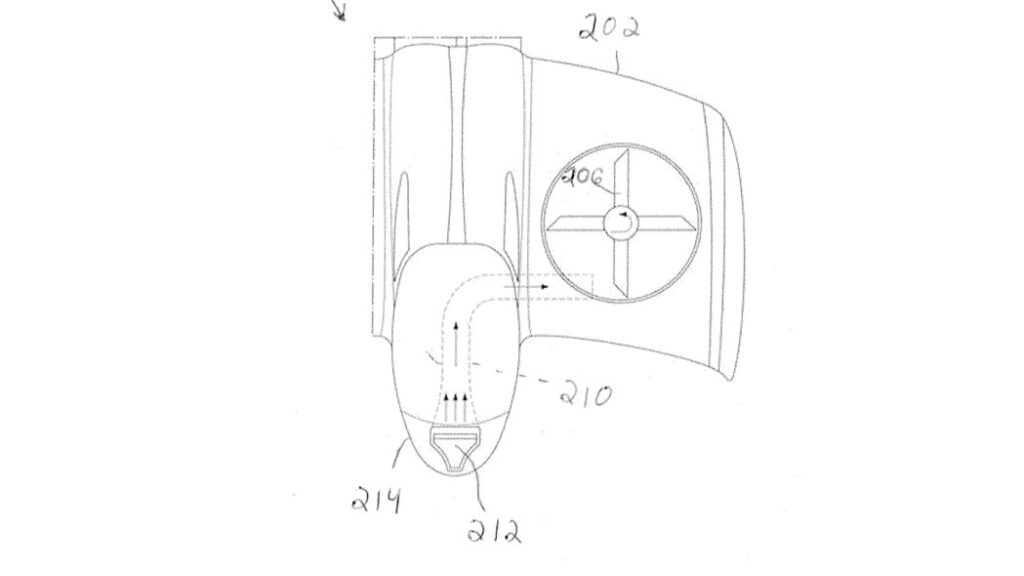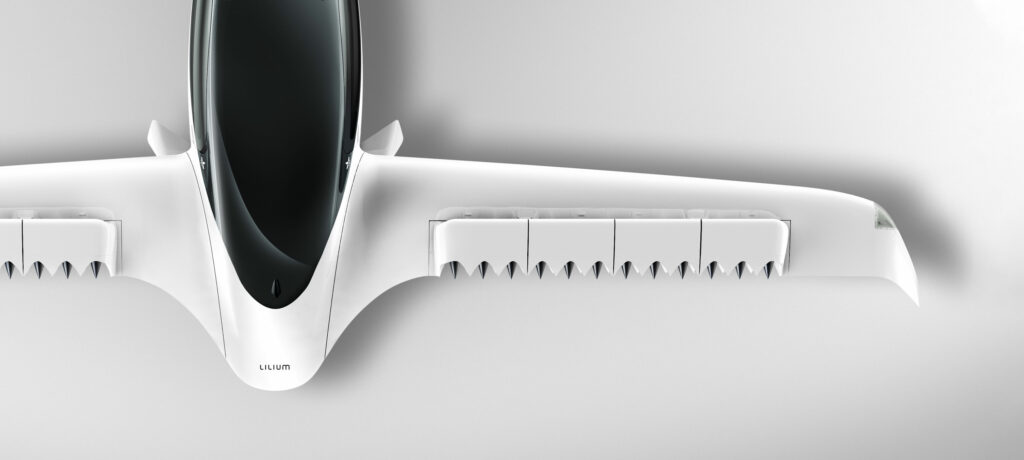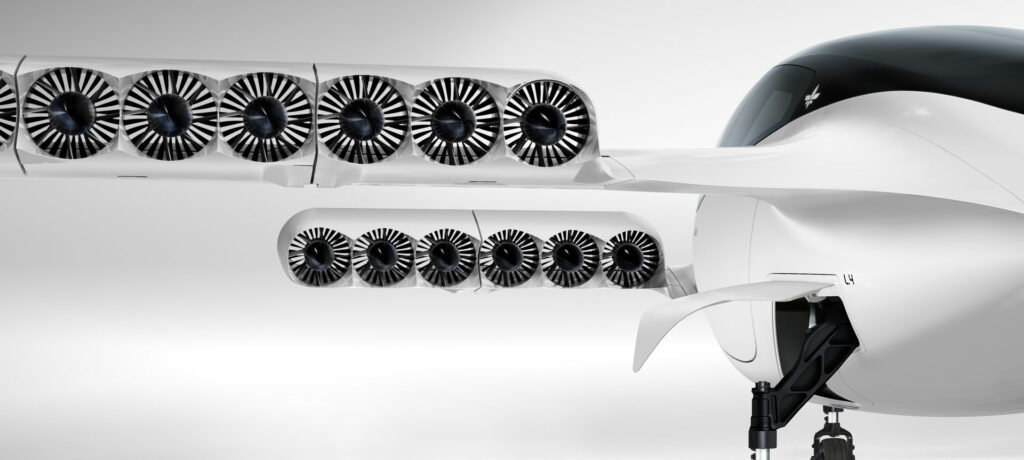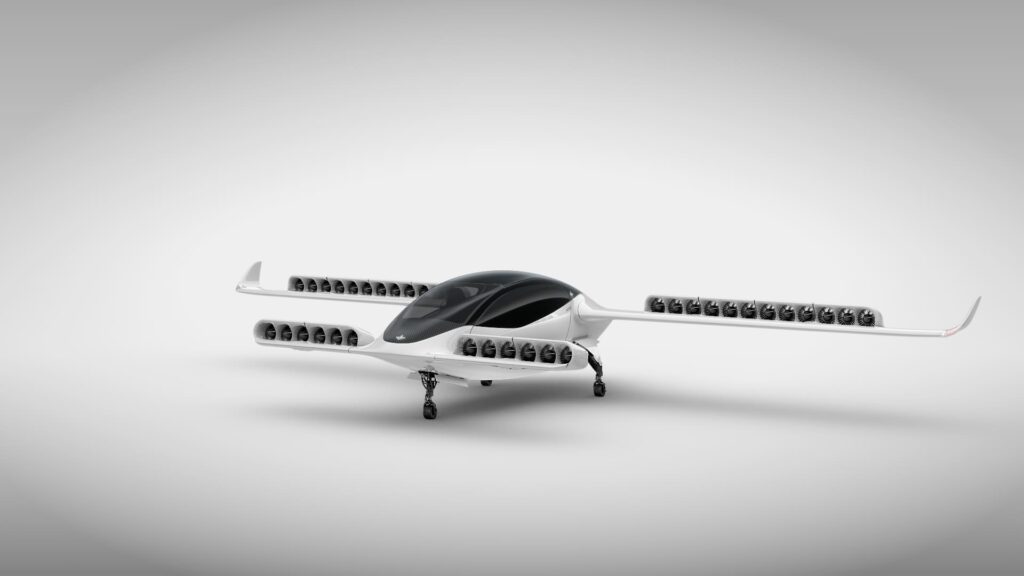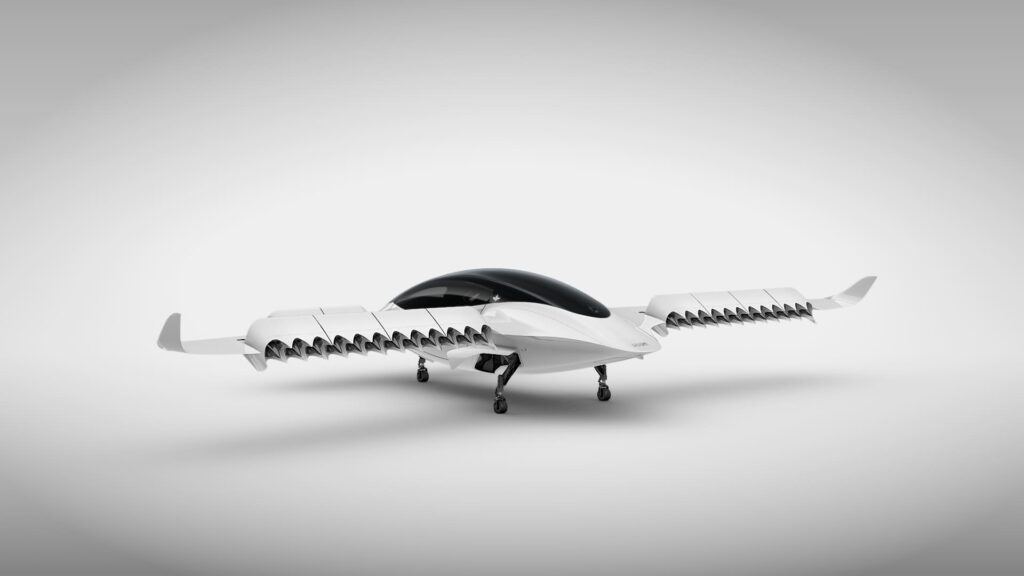Aircraft designers, automakers, and tech companies are designing vehicles for the future, and it is called: Urban Air Mobility (UAM) and VTOL.
Yes, the flying car is real and a flying taxi is on it’s way to a city near you around 2025 or so.
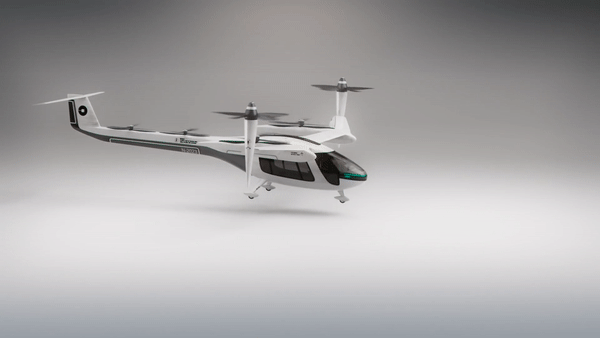
A new era in air travel will be begin around 2025, and it is called Urban Air Mobility, or UAM. Traffic congestion in a overpopulated urban area requires a new method for efficient mobility. High-density urban cities are three dimensional, and our current transportation system is two-dimensional. The vision of UAM is that everyone can have safe and efficient air transportation where everything from small package delivery drones to passenger-carrying air taxis will be operating in the skies above populated areas.
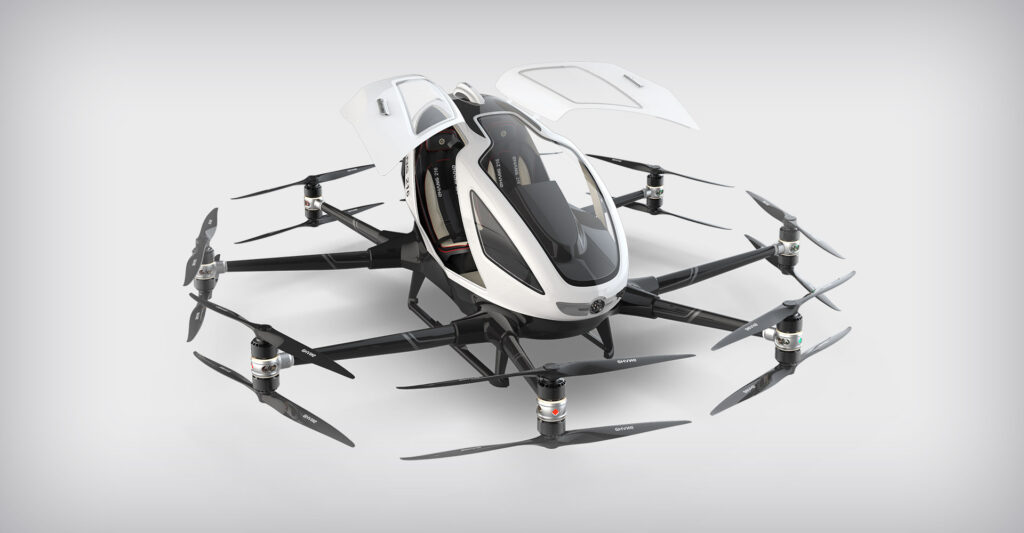
A convergence of large amounts of technologies, some not traditionally associated with aviation, and new business models are emerging, enabled by the digital revolution. Businesses are now able to explore what’s required to create this new method of transportation to safely move people and cargo in the most challenging environment – a densely populated city. Electric Vertical and Take Off (eVTOL) and Landing is the most desirable design at this time. Air travel is currently much safer than ground travel. The first UAM VTOL aircraft will most likely have a pilot, then later designs either combining virtual pilot, remote control, semi-autonomy and full autonomy would be the desired state.
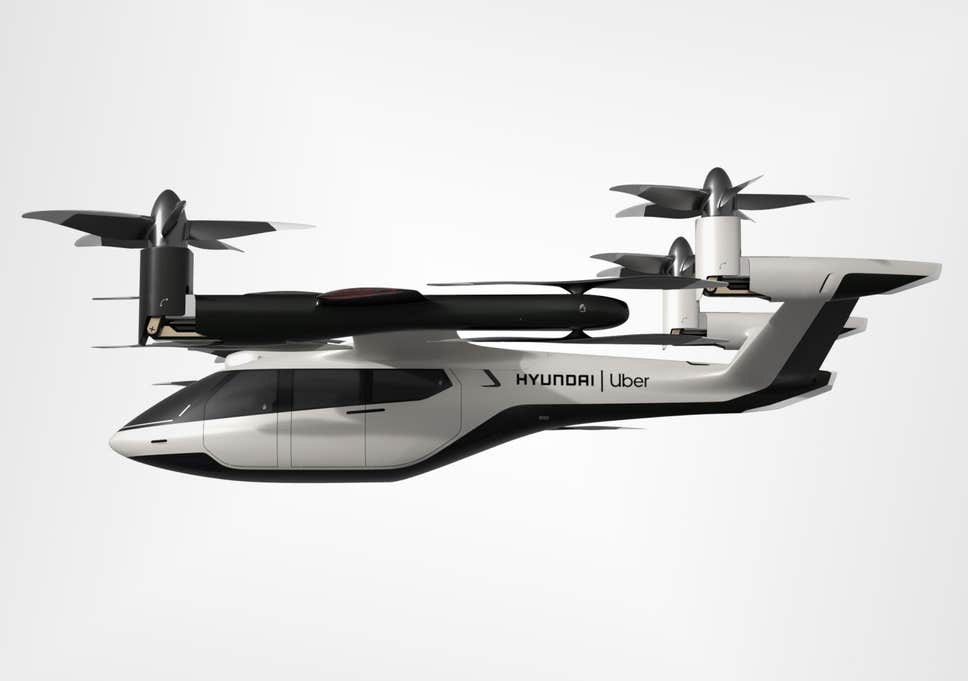
Vertical Take-off and Landing (VTOL) is an aircraft that has the ability to take off and land vertically. A STOL is Short Take Off and Landing aircraft requires a short runway, ski jump or ramp. Generally, a VTOL aircraft needs the ability to hover. Helicopters are not considered under the VTOL classification as the classification is only used for airplanes, aircraft that achieve lift force in forward flight by planing the air, thereby achieving speed and that is typically greater than the capability of helicopters.
VTOL – Thrust Vectoring Design
Thrust vectoring diverts the thrust from the engine or motors to control the altitude or angular velocity of the vehicle. Examples are the Kestrel, Harrier, Lockheed Martin F-35 Joint Strike Fighter. VTOL consumes so much fuel that it significantly reduces the flight time. Interestingly, the Harrier is incapable of vertical take-off with a full tank of fuel and a fully loaded weapons system. Therefore a runway/ski jump is required at the beginning of the mission.
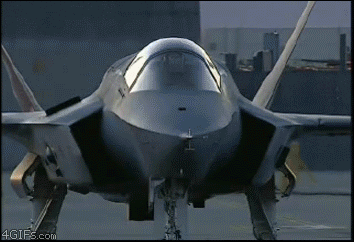
Two engines work together for vertical lift. The rear jet engine diverts the thrust (thrust vectoring). Hatches open behind the cockpit for the 2nd vertical engine. Horizontal stability is achieved by diverting some of the thrust to nozzles under the wings.
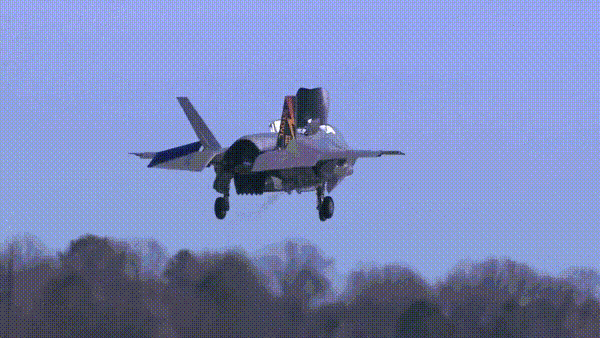
VTOL: Tilt-Rotor design
Tilt-rotor thrust vectoring uses actuated rotors to produces thrust and steering. The best example of this is the V-22 Osprey.
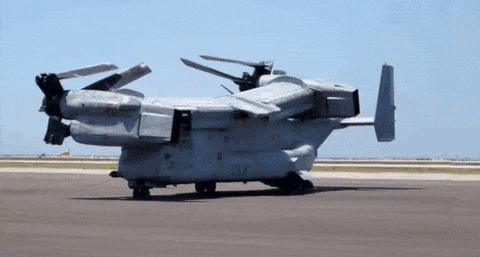
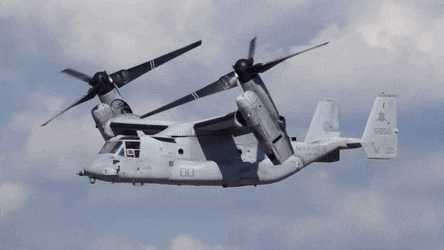
Top 10 Challenges for UAM:
- Safety.
- Automated air traffic control.
- Security.
- Battery / Fuel Cell technology.
- Distance and use cases.
- Affordability & Maintenance.
- VTOL Ports: Vertiports and Heliport infrastructure.
- Audible and visual noise.
- Autonomous flying, no need for a pilot’s license.
- Certification.
- Laws and regulations.
VTOL Drone-like designs: eHang
Vertical Aerospace Seraph
Audi Airbus Ital Design
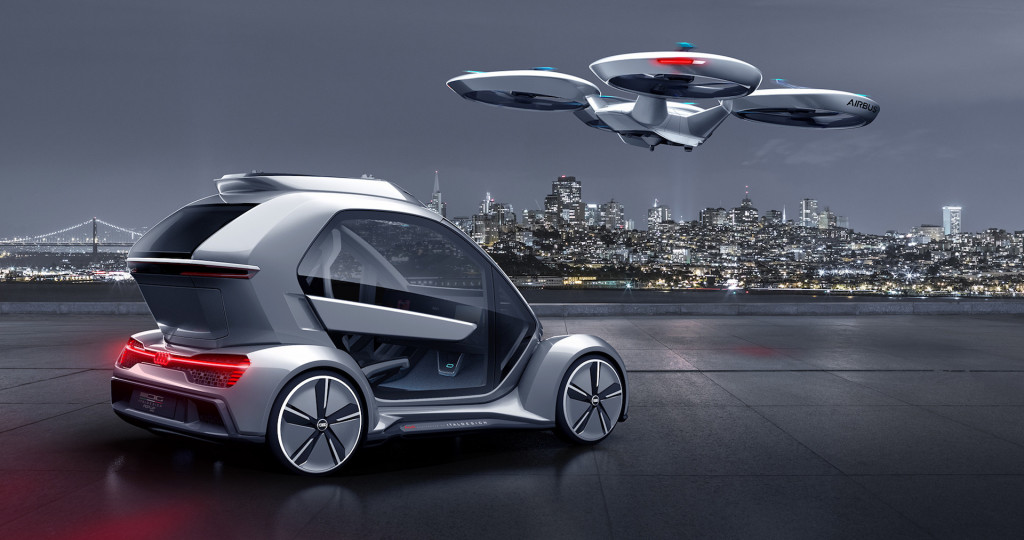
Bell Nexus concept
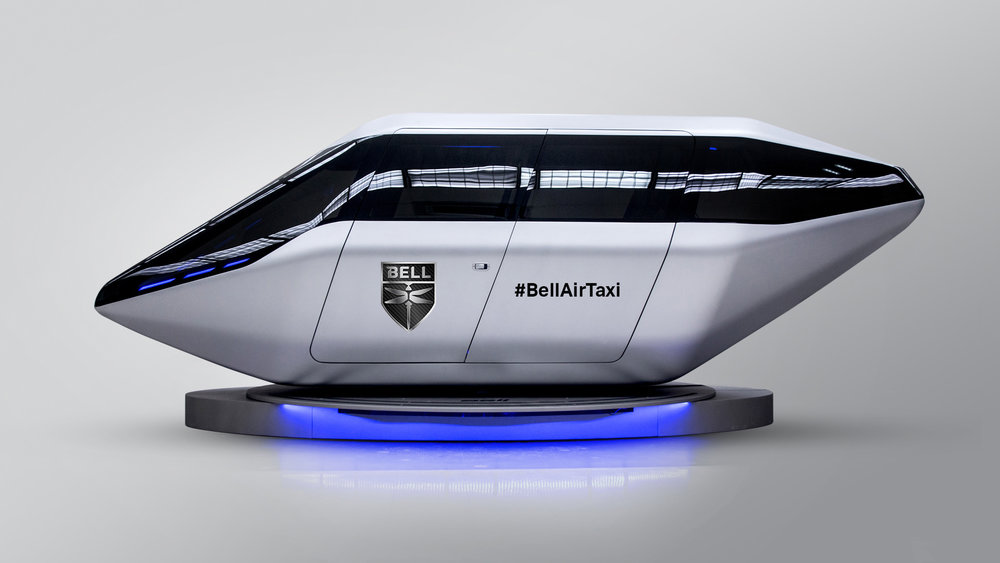
Bell Nexus 4EX VTOL concept
Hyundai Uber S-A1 eVTOL concept
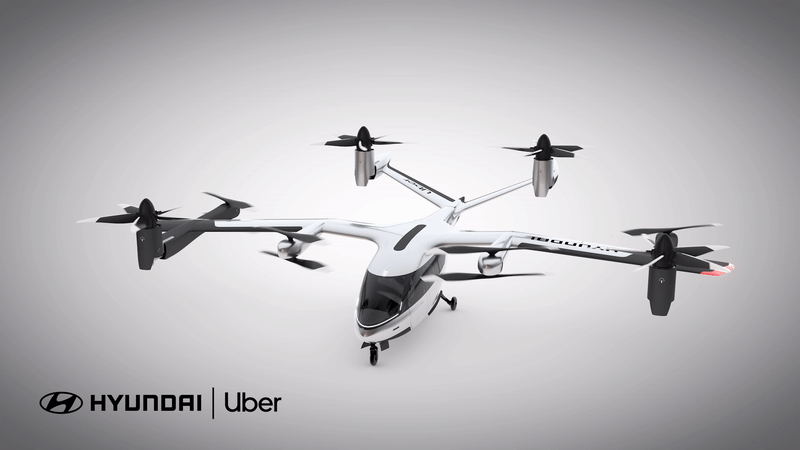
Hyundai Uber S-A1 eVTOL concept
Uber Elevate VTOL concept
Cormorant IDF VTOL
Porsche + Boeing Design
This design appears to look the most promising, combining rotor blades with the architecture of a conventional airplane. The lift rotors will most likely have sliding doors to improve forward thrust. The renderings show a jet aircraft, however the patent drawings show the rear engines as a tilt rotor.
Porsche patent drawings
This design concept is cross between a tilt rotor for vertical take off and then tilt for forward thrust. This is a superior design in all areas, resembling a traditional aircraft incorporating the technology for short vertical takeoffs and the capability for vertical takeoff. The engine intake is on the underside front fuselage with what appears to be shut-off dampers for aerodynamics. The wings have built-in rotors and are most likely a tilt-rotor design. The end of the wings have a vertical stabilizer which most likely doubles as landing gear and horizontal balance and stability. The aircraft features four vertical lift engines with at least two that are articulating. Two engines will be for thrust and the only vectoring looks to be for the intake. My best guess that the engines are actually fan-jets and not propellers.
Lilium Jet
Urban Air Mobility UAM Explained and why there will be a need in the future. an informative video by NASA:
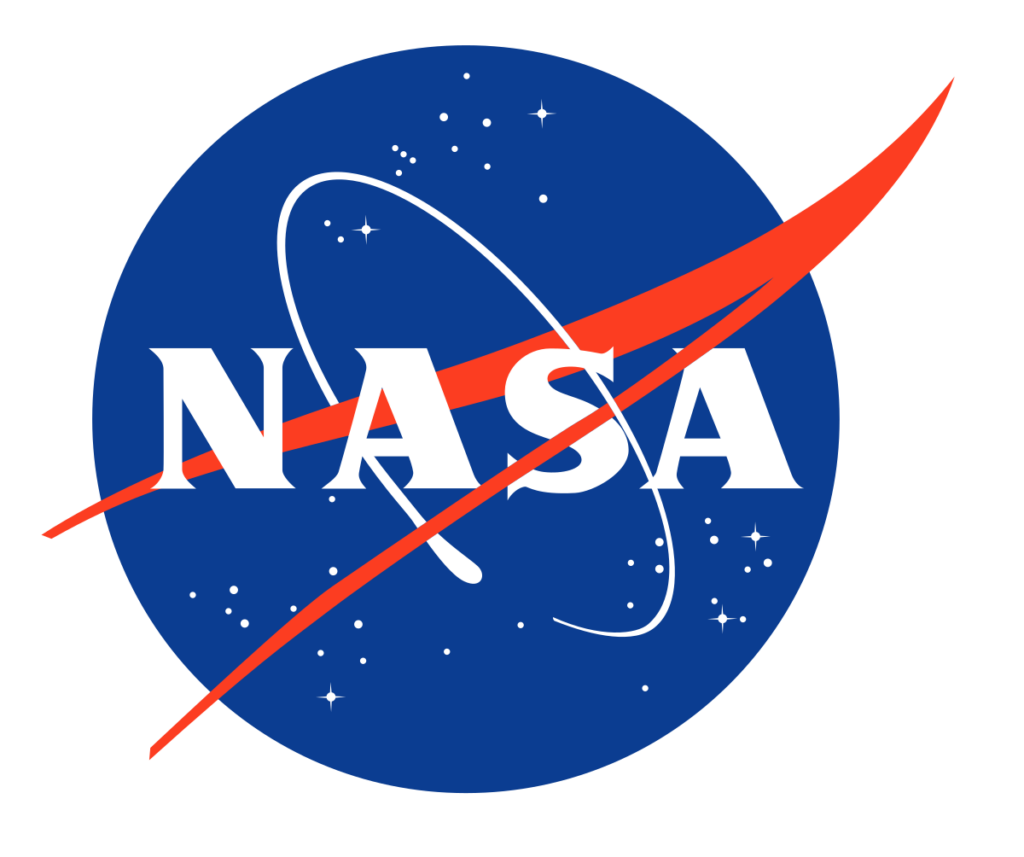
The link below is NASA’s vision for Urban Air Mobility (UAM):
History of VTOL:
Most of the history of VTOL aircraft were experiments or outright failures from the 1950s to 1970s. Successful VTOL aircraft types that have been produced in large numbers include the F-35B Lightning II, Harrier, Yak-38 Forger and V-22 Osprey.
The purpose of this article is to establish a baseline of ideas and concepts to begin the research needed for exploring UAM technology and it’s importance to major industries around the world. This is a new emerging industry and many new opportunities will be there for generations. This is a future trend that is very interesting and highly technical.
True Story by Rob Bodnar at robbodnar.com 2/17/2020.
